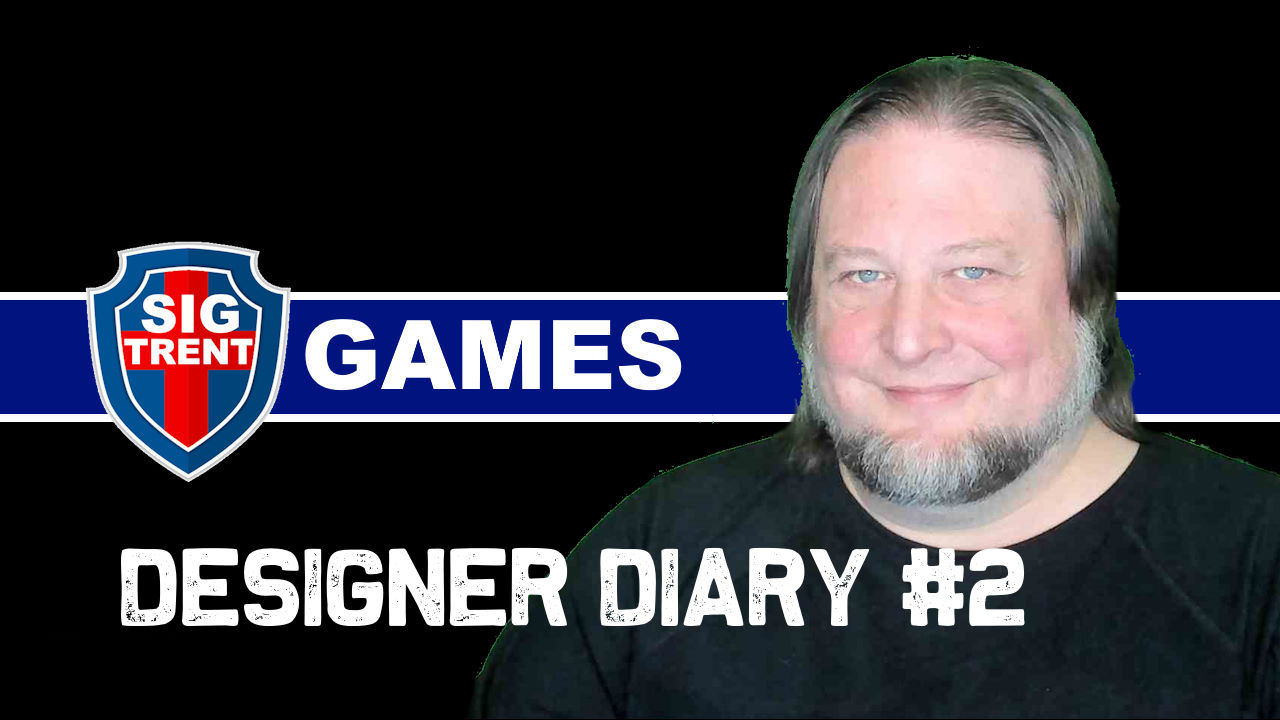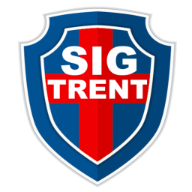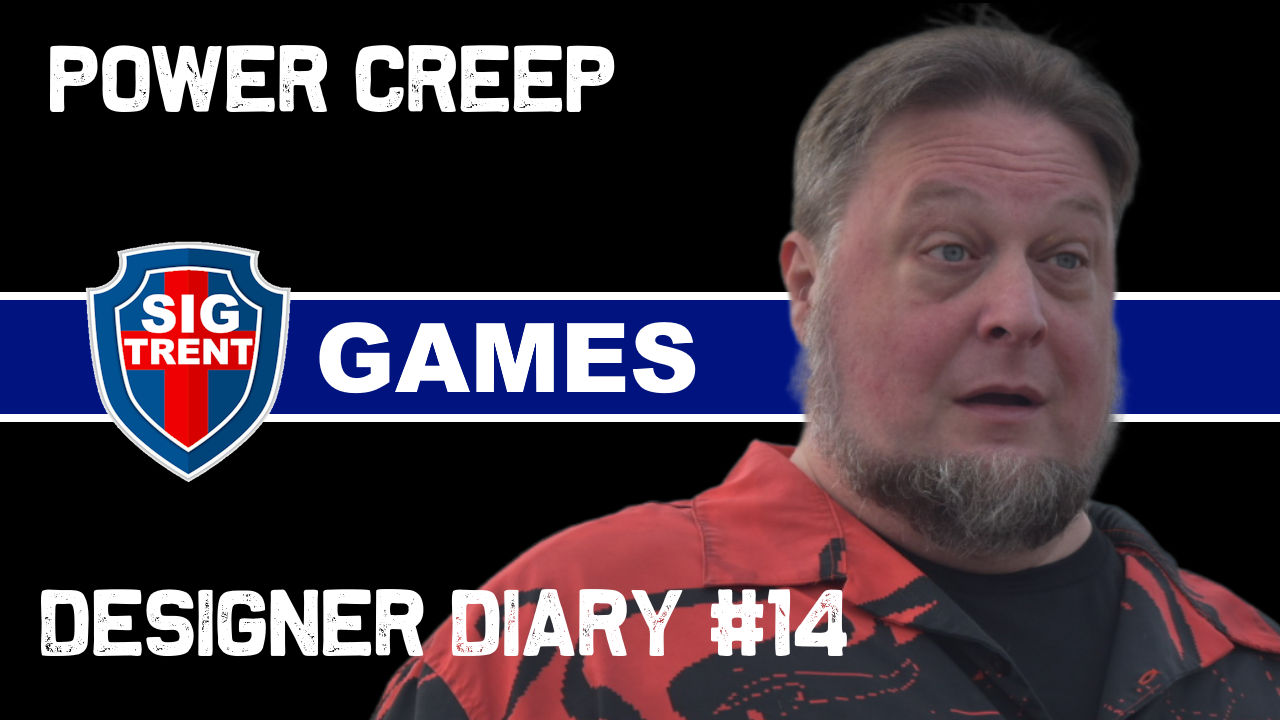
Designer Diary #2: Game Design Tip of the Week: Why You Should Be Using Templates (Seriously)
Welcome to the second installment of Designer Diaries series! Based on feedback from the Sig Trent Games Discord, it’s clear that many of you are looking for more behind-the-scenes advice on designing for TTRPGs like Everyday Heroes. I’m here to deliver.
This week’s topic? Templating. It may not sound flashy, but templates are one of the most powerful tools in your design arsenal—especially when you’re building feats, NPCs, stat blocks, and more.
What Is a Game Design Template?
A template is a structured format that you use repeatedly across similar types of game content. For example, if you’re writing a book of feats, you shouldn’t start from scratch each time. Instead, you create one perfect feat layout—including things like title, prerequisites, description, and benefits—then copy it 20 times.
Why Templates Matter (And How They Save You Time and Headaches)
✅ Consistency
Using a template means all your feats (or spells, items, etc.) follow the same readable format. This makes your game easier to read, easier to edit, and more professional overall.
🧠 Mental Efficiency
By front-loading all the formatting decisions, you free up your brain to focus on creative game design, not worrying about whether that line should be italic or bold.
⚡ Faster Workflows
Need 20 feats? Copy the template 20 times and go. You’ll never have to dig up an old one or start over.
❌ Fewer Copy-Paste Errors
If you copy an old feat and forget to change the prerequisite, your editor might not catch that. A template minimizes that risk.
🎨 Color-Coded Placeholders
I take it a step further: I color-code the parts of my templates that need editing (like using pink or yellow text) so I can instantly see what’s done and what’s not. It’s simple, powerful, and saves a ton of review time.
When Templates Can Go Wrong
Templates are amazing—but they’re not a “set it and forget it” solution. Here are a few pitfalls to watch out for:
- Template Stagnation: Revisit your templates regularly. Ask: Could this flow better? Could I surface key info more clearly?
- Forgetting to Replace Placeholders: Use visual cues (like colored text) to catch unedited sections.
- Template Drift: Keep a single source of truth. If you make a change in one place, make sure it’s reflected in all your active documents.
Bonus: Templates for Everyday Heroes Fans
I’ve had folks ask how to get started writing for Everyday Heroes or Sig Trent Games—and good templates are the first step. I’ll be releasing my personal design templates soon, complete with an open license, so fans and designers can use them freely.
Stay tuned for those downloads in the Discord!
Game Updates: Palworld & Stellaris
This episode also includes some gaming updates. For Valentine’s Day, my wife and I dove deep into Palworld—an awesome mix of Pokémon, crafting, and base-building.
Also: I’m playing a wild Stellaris campaign where I become the crisis as the “Knights of the Toxic God.” Nothing like ending a galaxy with style.
Addressing the AI Art Conversation
I also took some time to address community concerns around AI art in recent projects. TL;DR: Sig Trent Games does not use generative AI for any commercial product, and I’m committed to defending the integrity of the artists I work with. If you’re going to accuse someone of using AI, make sure you have more than just a hunch.
Trust matters—and so does transparency.
Join the Community
Want to shape future content, ask design questions, or get your hands on those templates when they drop?
👉 Join the Sig Trent Games Discord Here 👈
Let’s Keep Talking
- What kind of game design tips do you want next?
- Want a deep dive into feat design? NPC building? Balance philosophy?
Let me know in the comments, on Discord, or wherever you hang out online. I love sharing this stuff, and your input makes it better every time.

